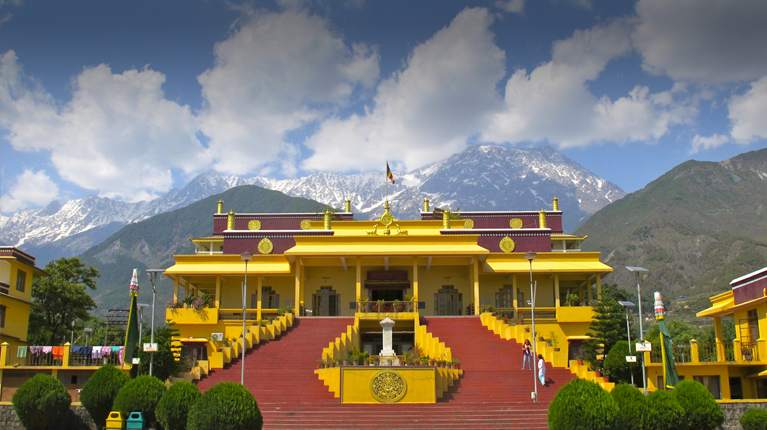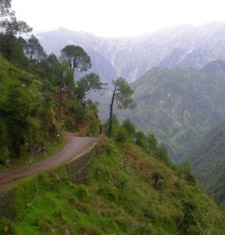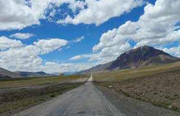

 Dharamsala: Abode of Tibet-Buddhist Culture
Dharamsala: Abode of Tibet-Buddhist Culture
Dharamsala literally means an inn which is attached to a temple. The place is famed for being the home of His Holiness Dalai Lama. A melting pot of Tibet and Buddhist culture, Dharamsala is set amidst the rugged vistas of Dhauladhar ranges. The snow capped peaks, tower like the sheets of rock, making it the 'love at first sight destination' for the adventurers. Dharamsala was founded by the British between 1815 and 1847. It remained at a very low profile town till 1959, when the inflow of Tibetan refugees along with Dalai Lama started. India greeted the religious leader and offered him and his people an abode to stay in Dharamsala. The town soon evolved into a small replica of Tibet with Buddhist schools, crafts, monasteries, meditation centres and library. These transformations make the best tourist attractions in Dharamsala.
Dharamsala is divided into two sections - upper and lower towns. The upper town includes the original Tibetan flavour in a place called McLeod Ganj which was named after Sir Donald McLeod, the Lieutenant Governor of Punjab from 1865 to 1870. It is the actual place where Dalai Lama stays. Other major Dharamsala sightseeing options include places like Dip Thekchen Choeling Monastery, Narbulingka Institute and Church of St. John. Kangra Art Museum is another interesting place to visit for art connoisseurs. The museum exhibits the collection of miniature paintings from the Kangra School, some local jewellery items, excellent wooden carvings and copies of some paintings by Russian artist Nicholas Roerich of 20th century. So, opt for Dharamsala tourism to explore the rich blend of Tibet-Buddhist culture in India.
recommended tours

